“A war in which all or almost all of the significant nations around the globe participate.” While other global conflicts, such as the Seven Years’ War, the Cold War, and the War on Terror, have also been referred to as world wars, the term is traditionally reserved for two major international conflicts that occurred during the first half of the 20th century, World War I (1914–1918) and World War II (1939–1955). Many items were born out of the second world war. Countries’ governments functioned differently, established unions, and one of the major changes that were left behind was the architecture. The war had a number of effects on architecture, including altered design plans and a shift in designers’ and architects’ mindsets due to the use of new building methods.
Post-war Modern Architecture
Following World War I, a long-running conflict erupted between architects who favored the more traditional styles of neoclassicism and Beaux-Arts architecture and modernists, led by Le Corbusier and Robert Mallet-Stevens in France, Walter Gropius and Ludwig Mies van der Rohe in Germany, and Konstantin Melnikov in the new Soviet Union, who desired only pure forms and the elimination of all decoration. Louis Sullivan popularized the axiom “form follows function” to emphasize the importance of practical simplicity in modern architecture. Modernist forms and stylized decoration were frequently combined by Art Deco architects such as Auguste Perret and Henri Sauvage. The term “modern architecture” or “modernist architecture” refers to a collection of architectural styles that first appeared in the first part of the 20th century and gained popularity following World War II. The old neoclassical architecture and Beaux-Arts styles that were popular in the 19th century were rejected in favor of new construction technology, including the use of glass, steel, and reinforced concrete. Until the 1980s, when postmodernism effectively replaced modern architecture as the dominant architectural style for corporate and institutional structures, modern architecture remained the norm.
Frank Lloyd Wright, Ludwig Mies van der Rohe, Le Corbusier, Walter Gropius, Konstantin Melnikov, Erich Mendelsohn, Richard Neutra, Louis Sullivan, Gerrit Rietveld, Bruno Taut, Gunnar Asplund, Arne Jacobsen, Oscar Niemeyer, and Alvar Aalto are notable architects significant to the history and development of the modernist movement.
International style
Charles-Édouard Jeanerette, a Swiss-French architect who adopted the moniker Le Corbusier in 1920, was a pivotal figure in the rise of modernism in France. In 1920, he co-founded ‘L’Espirit Nouveau,’ a journal that vigorously promoted architecture that was functional, pure, and devoid of any decoration or historical associations. He was also a staunch supporter of new urbanism based on planned cities. In 1922, he proposed a city for three million people, with residents living in identical sixty-story skyscrapers surrounded by open parkland. He created modular houses that would be mass-produced on the same blueprint and assembled into apartment buildings, neighborhoods, and cities. In 1923, he released “Toward an Architecture,” which included his famous slogan, “a house is a machine for living in.” Through slogans, articles, books, conferences, and participation in expositions, he tirelessly promoted his ideas. In the 1920s, he constructed a number of houses and villas in and around Paris. They were all built using a common system that relied on reinforced concrete and reinforced concrete pylons in the interior to support the structure, allowing for glass curtain walls on the façade and open floor plans that were independent of the structure. They were always white, with no decoration or ornamentation on the outside or inside. The Villa Savoye, built in the Paris suburb of Poissy between 1928 and 1931, was the most well-known of these houses. It became an icon of modernist architecture, an elegant white box wrapped with a ribbon of glass windows around the façade, with a living space that opened onto an interior garden and the countryside around it, raised up by a row of white pylons in the center of a large lawn.
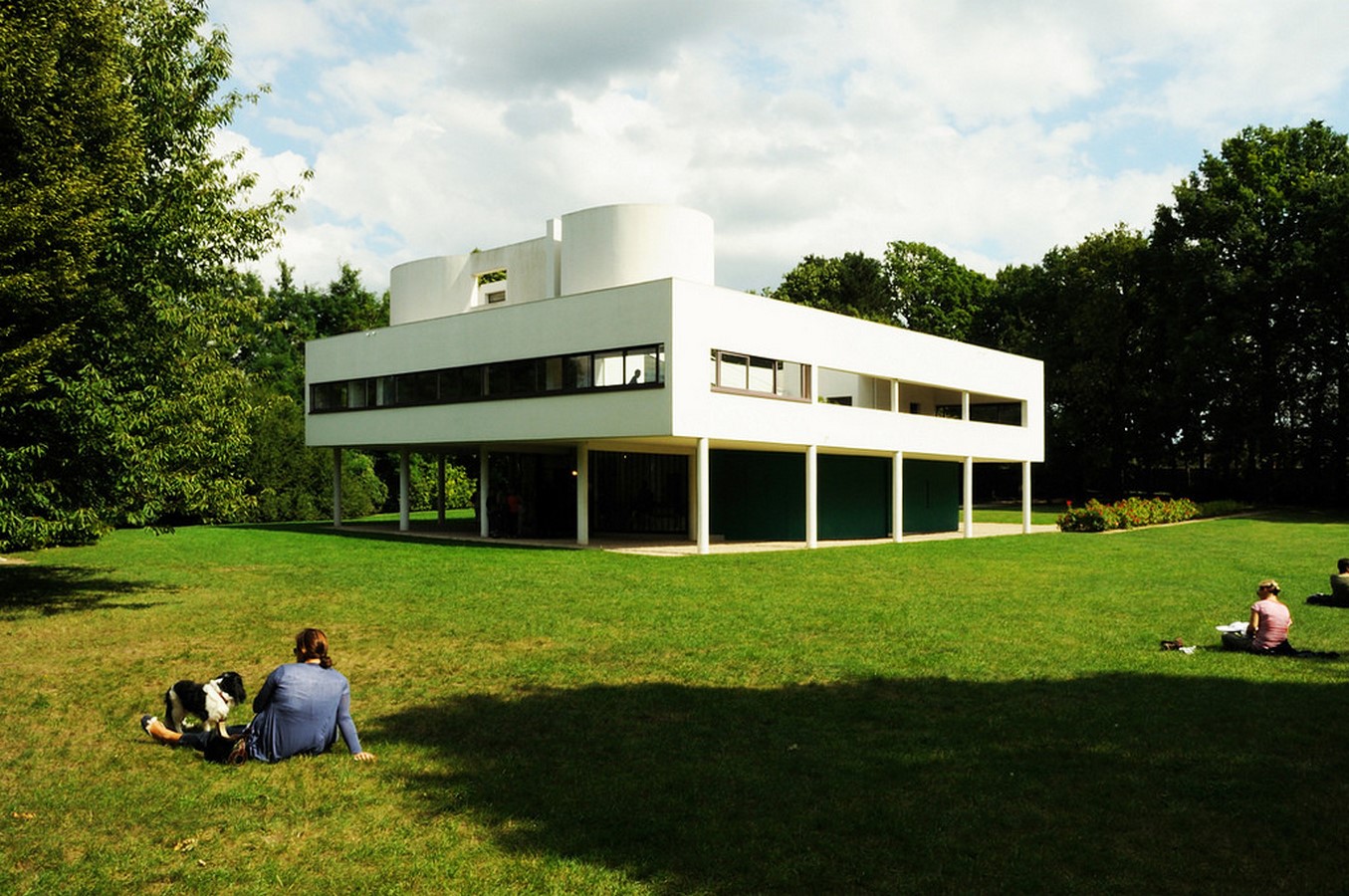
Expressionist Architecture
Expressionist architecture was a European architectural movement that developed alongside the expressionist visual and performing arts, which flourished and dominated in Germany during the first decades of the twentieth century. Brick Expressionism is a subset of this movement that thrives in western and northern Germany as well as the Netherlands.
From 1910 to 1930, the term “Expressionist architecture” referred to the activities of the German, Dutch, Austrian, Czech, and Danish avant-garde. Subsequent redefinitions pushed the term back to 1905 while also broadening it to include the rest of Europe. Today, the term refers to the architecture of any date or location that exhibits some of the original movement’s characteristics, such as distortion, fragmentation, or the communication of violent or overstressed emotions.
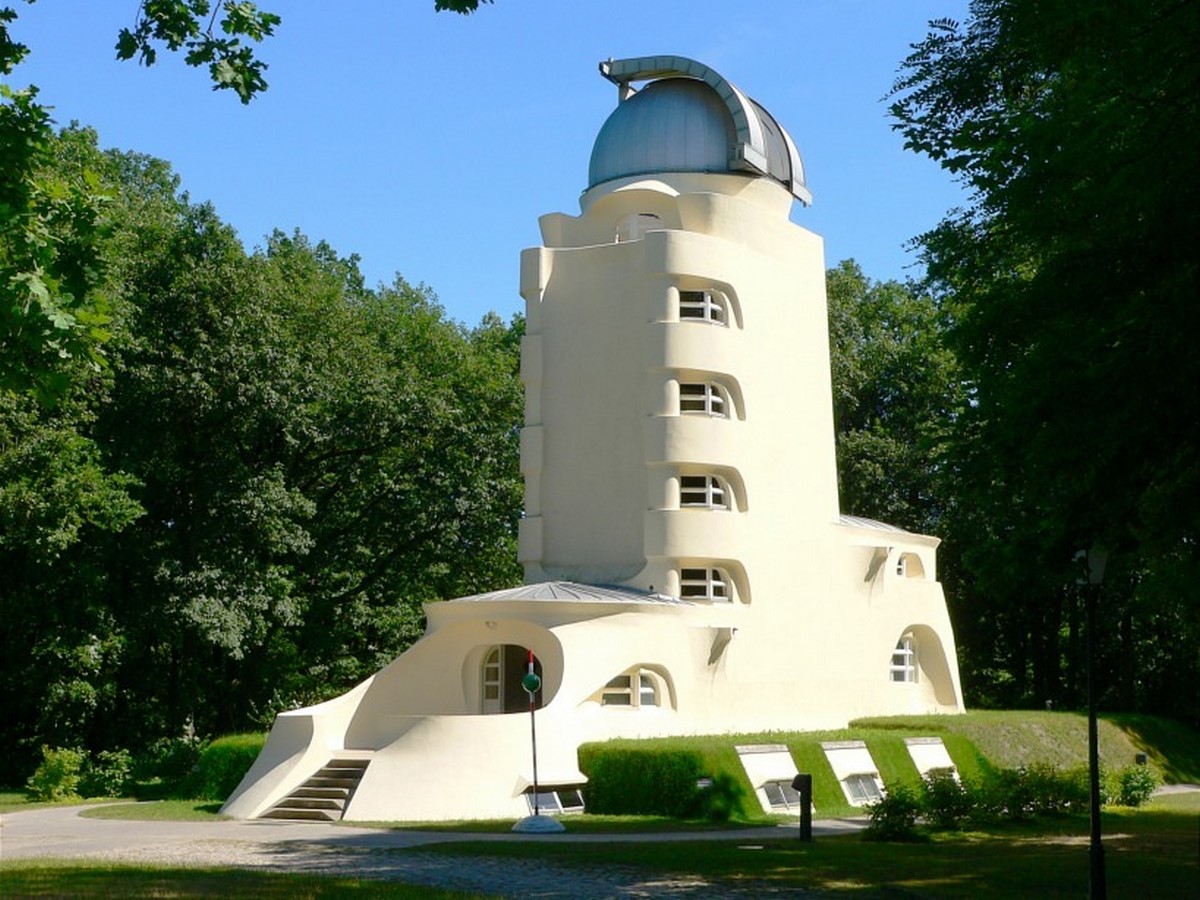
Aside from this artistic goal, Expressionist architecture addressed social issues. The massive physical and human destruction caused by the first large-scale mechanical warfare sparked an anti-industrial sentiment immediately after World War I. The industry had excelled at creating death machines that resulted in total devastation. With such a common foe, thoughts of fraternization, community, and democracy arose. The postwar reality was especially difficult to bear in Germany. The shock of losing the war brought with it the sense that an era had passed and that it was time to plan for the rebirth of communal life and the arts. With its promotion of precisely such goals, Expressionism provided a viable solution to Europe’s early 1920s problems. The machine age was rejected as the foundation of artistic creation by Expressionism. This manifested itself in architecture as an opposition to design as a function of utility, materials, construction, and economics. Instead, by transforming the social uprising into artistic activity, Expressionism argued that political and artistic revolutions were synonymous.
Bauhaus Architecture
From mid-century modern to Scandinavian minimalism, modern architecture frequently features bold, clean lines and simple functionality. All of these design trends can be traced back to the Bauhaus school of architecture, which began in early twentieth-century Germany.
The Bauhaus architecture school was founded in 1919 in Weimar, Germany, by architect Walter Gropius. The school was established to bring together fine arts (such as painting and sculpture) and applied arts (like the industrial design or building design). While the Bauhaus school closed in 1933, the Bauhaus movement continued, giving birth to a new type of architecture with simple designs that are beautiful, functional, and can be mass-produced. Functional shapes, abstract shapes used sparingly for décor, simple color schemes, holistic design, and basic industrial materials such as concrete, steel, and glass are all hallmarks of Bauhaus architecture.
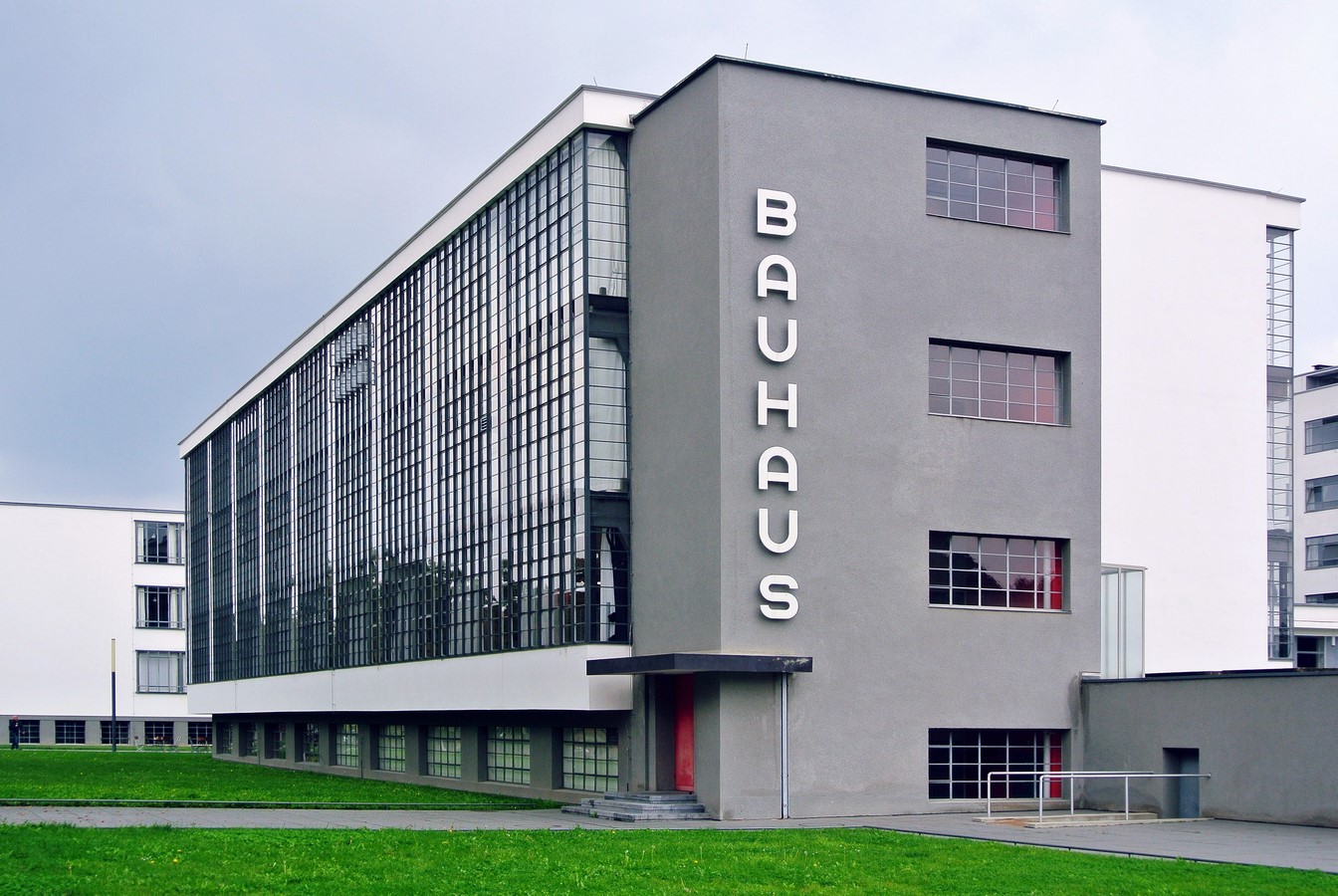
Constructivist architecture
Constructivist architecture was a modern architectural style that flourished in the Soviet Union during the 1920s and early 1930s. The movement aimed to reflect modern industrial society and urban space in an abstract and austere manner, rejecting decorative stylization in favor of the industrial assemblage of materials. Designs combined cutting-edge technology and engineering with an overtly communist social goal. Despite being split into several competing factions, the movement produced many groundbreaking projects and completed buildings before falling out of favor around 1932. It had a significant impact on subsequent architectural developments. Constructivist architecture is defined by a combination of modern technology and engineering methods, as well as the socio-political ethos of Communism, and is inspired by the Bauhaus and the larger constructivist art movement that emerged from Russian Futurism. Despite the fact that there were few completed projects before the movement became obsolete in the mid-1930s, it had a significant influence on many subsequent architectural movements, such as Brutalism.
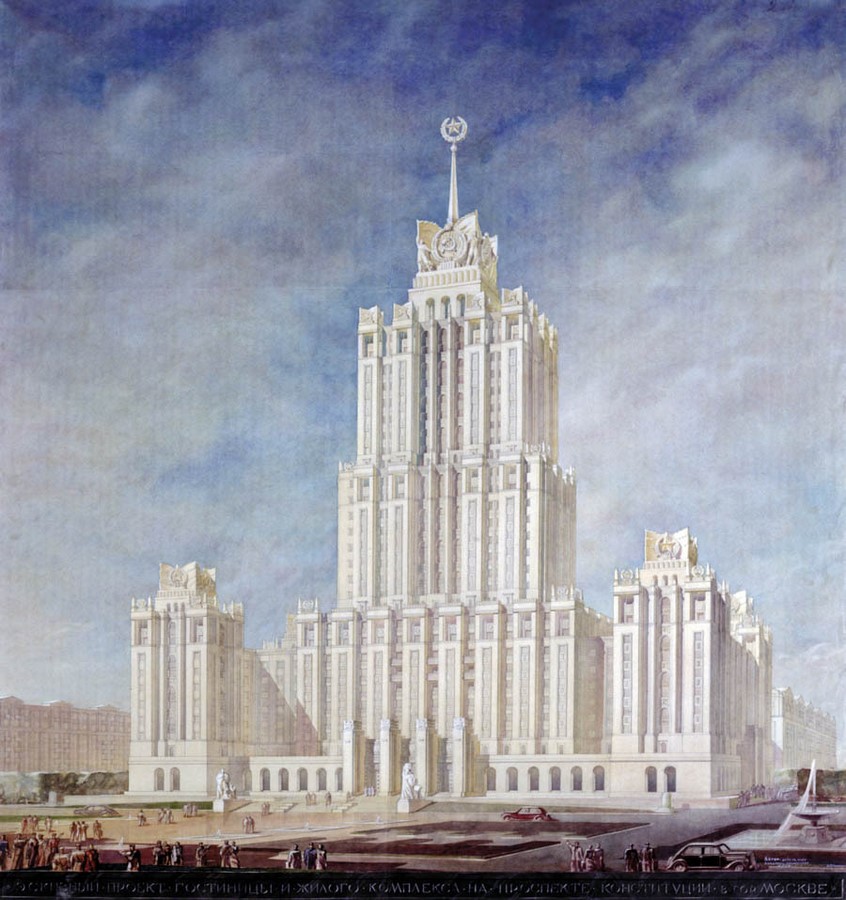
Art Deco
The same-named visual arts movement that first appeared in Europe in the 1920s gave rise to the Art Deco architectural movement. This movement also had an impact on fashion, interior design, graphic design, sculpture, painting, and other forms of art, in addition to the movie industry. The International Exhibition of Modern Decorative and Industrial Arts, which was held in Paris in 1925, served as the style’s turning point and gave it its name.
Art Deco architecture, like the several fields it has inspired, mixes contemporary design with classic components, including fine craftsmanship and opulent materials like ivory, jade, and lacquer. The Art Deco movement, which followed the Arts and Crafts and Art Nouveau movements, was also influenced by the exoticized crafts and designs of nations like China, Japan, and Egypt. These influences included the abstract and geometric forms of Cubism, the vivid colors of Fauvism, and the bright hues of modern art. Through symmetry, straight lines, a hierarchy in the floor plan distribution, and facades divided into the base, shaft, and capital (classical tripartite division), the decorative aspect and compositional arrangements also borrow from Beaux-Arts architecture, though this time with more logical volumes and the sporadic use of ornaments. The affluent post-war bourgeoisie embraced this opulent fusion of styles.
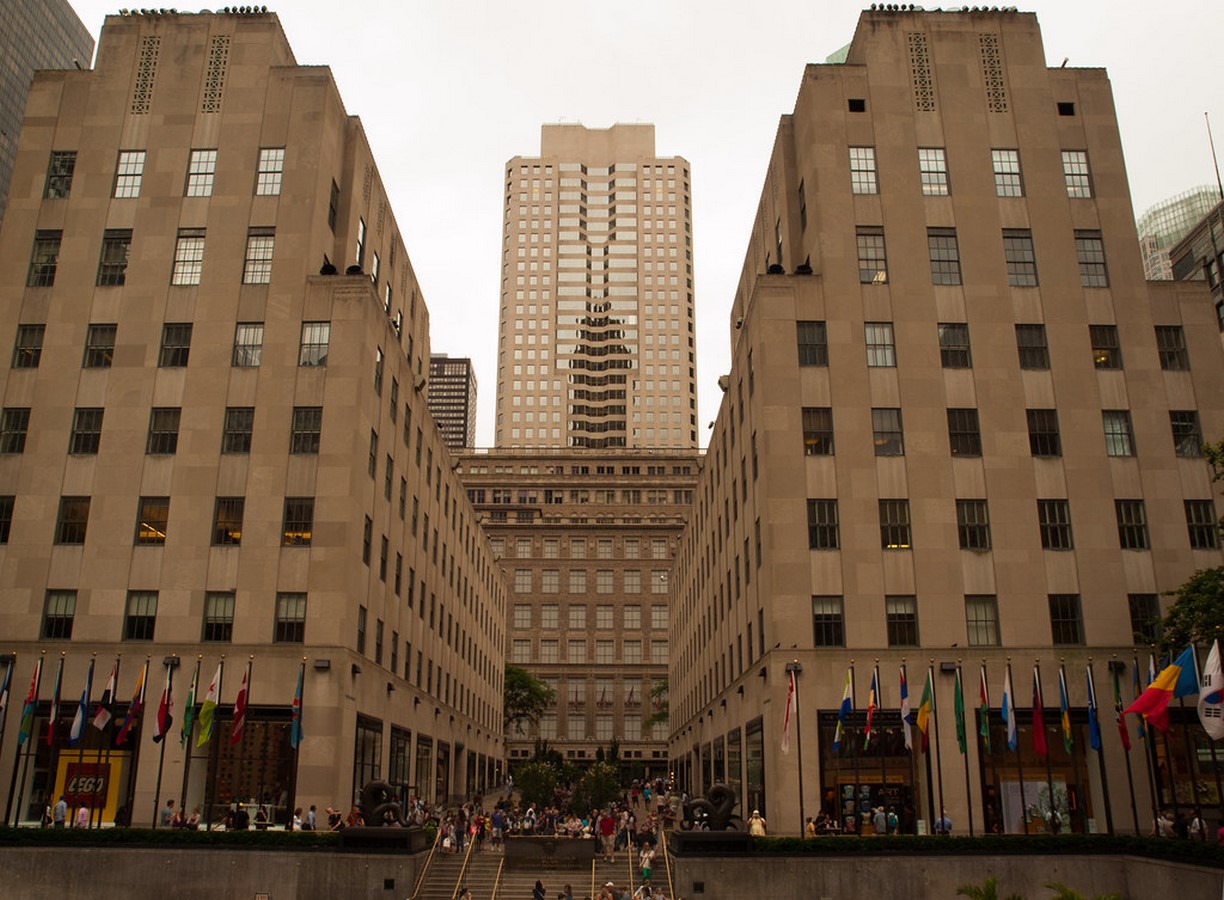
Aside from the early 20th-century skyscrapers in New York, Rio de Janeiro also had a number of noteworthy instances of similar design, including the Carlos Gomes Theater and the Central do Brasil Station, which had stairways, stained glass windows, and signs, among other features. One of Rio de Janeiro’s most well-known attractions, the sculpture of Christ the Redeemer, is a work of Art Deco and is thought to be the largest sculpture in the genre to date.
Many experts viewed the delicate balance between the striving for simplicity and the grandeur of its forms as paradoxical, especially when compared to earlier movements. But Art Deco architecture played a significant part in history by symbolizing the modernization of the urban landscape and contrasting old and contemporary geometric arrangements and ornamental references.
Advancement during World War II and subsequent reconstruction
The events of World War II (1939–1945) and its aftermath had a significant impact on the development of building technology and, consequently, architectural possibilities. Steel and other building materials were in low supply due to the needs of the war effort, which prompted the use of novel materials like aluminum. Prefabricated buildings had significantly increased use during and after the war, mostly for military and governmental purposes. The Quonset hut was modeled on the metal Nissen huts of World War I. Radical experimental homes were developed in the years immediately following the war, such as Buckminster Fuller’s experimental aluminum Dymaxion House and the enameled-steel Lustron House (1947–1950).
The war’s immense devastation also contributed to the development of modern architecture. All of France’s port cities, including Le Havre, Brest, Marseille, and Cherbourg, as well as Berlin, Tokyo, Dresden, Rotterdam, and east London, saw large portions of their urban areas bombed. Housing was required for the millions of American soldiers who were returning from the war. However, there had been little civilian construction in the United States since the 1920s. Large government-financed housing projects were designed and built as a result of the postwar housing shortages in Europe and the United States, typically in the decaying downtowns of American cities and in the suburbs of Paris and other European cities where land was available.
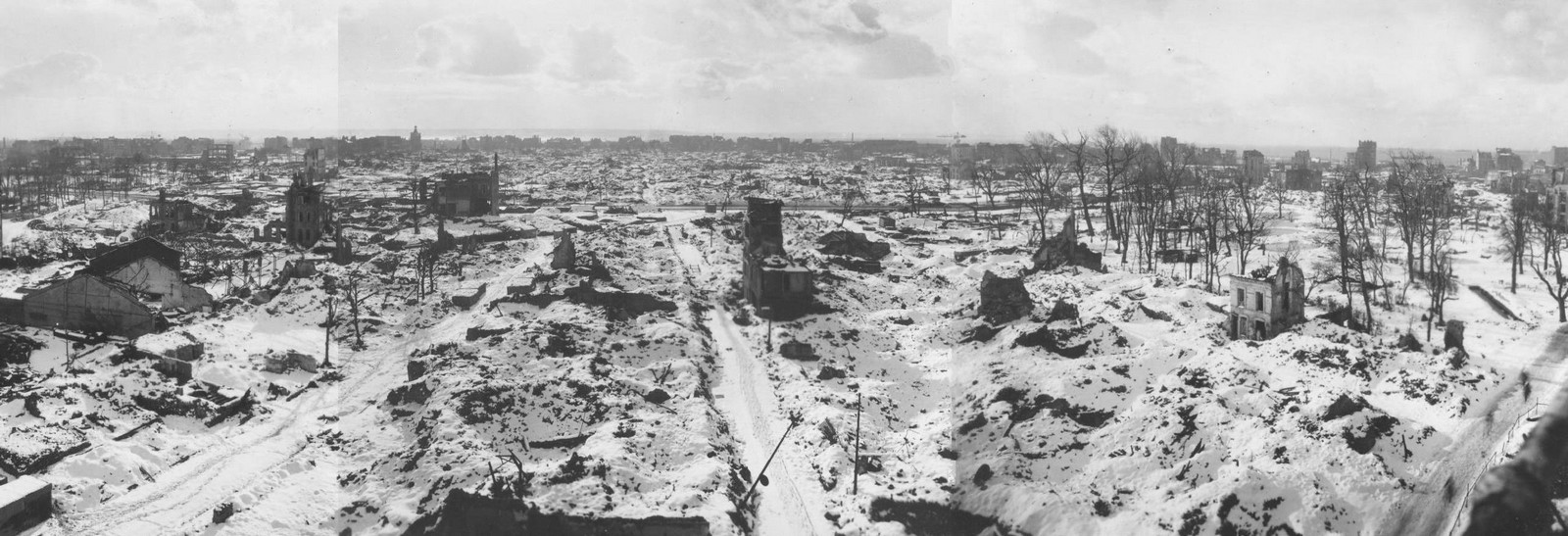

One of the biggest rehabilitation projects was that of the Le Havre city center, which was leveled by Allied and German bombardment in 1944, flattening 133 hectares of buildings, demolishing 12,500 structures, and displacing 40,000 people. A totally new city center, complete with apartment complexes, cultural, commercial, and governmental buildings, was conceived and constructed by architect Auguste Perret, a pioneer in the use of reinforced concrete and steel, prefabricated materials. When possible, he renovated existing structures, and he constructed a brand-new church called St. Joseph with a tower like a lighthouse in the middle to evoke optimism. In 2005, UNESCO designated his restored city as a World Heritage Site.
Since the end of the wars, architecture has been evolving rapidly and will do so in the future as well. Architecture is an endless universe of changes and adaptations.
References:
- Expressionist architecture
Last edited 29 Oct 2020
Available at: https://www.designingbuildings.co.uk/wiki/Expressionist_architecture
- EXPRESSIONISM
Available at: http://architecture-history.org/schools/EXPRESSIONISM.html
- INTERNATIONAL STYLE
Available at:
https://www.architecture.org/learn/resources/architecture-dictionary/entry/international-style/
- American Architecture Series
International Style
- Modern Architectural Design.
Available at: http://www.visual-arts-cork.com/architecture/international-style.htm
- Bauhaus Architecture: Origins and Characteristics of Bauhaus Written by the MasterClass staff
Last updated: Feb 25, 2022
Available at:
https://www.masterclass.com/articles/bauhaus-architecture-explained#:~:text=Design%20and%20Architecture-,What%20Is%20Bauhaus%20Architecture%3F,industrial%20design%20or%20building%20design)
- Constructivist architecture
Available at:
https://en.wikipedia.org/wiki/Constructivist_architecture#:~:text=Constructivist%20architecture%20emerged%20from%20the,constructions’%20with%20a%20kinetic%20element.
- Constructivist architecture
Last edited 04 Dec 2021
Available at: https://www.designingbuildings.co.uk/wiki/Constructivist_architecture
- What is Art Deco Architecture?
Written by Camilla Ghisleni and translated by Tarsila Duduch
November 18, 2021
Available at:
https://www.archdaily.com/972018/what-is-art-deco-architecture#:~:text=Art%20Deco%20architecture%20derives%20from,art%2C%20in%20addition%20to%20architecture.
- Modern architecture
Available at:
https://en.wikipedia.org/wiki/Modern_architecture#:~:text=After%20the%20first%20World%20War,Rohe%20in%20Germany%2C%20and%20Konstantin
- Modernism in the visual arts and architecture by the Editors of Encyclopaedia Britannica
Available at:
https://www.britannica.com/art/Modernism-art/Modernism-in-the-visual-arts-and-architecture



















